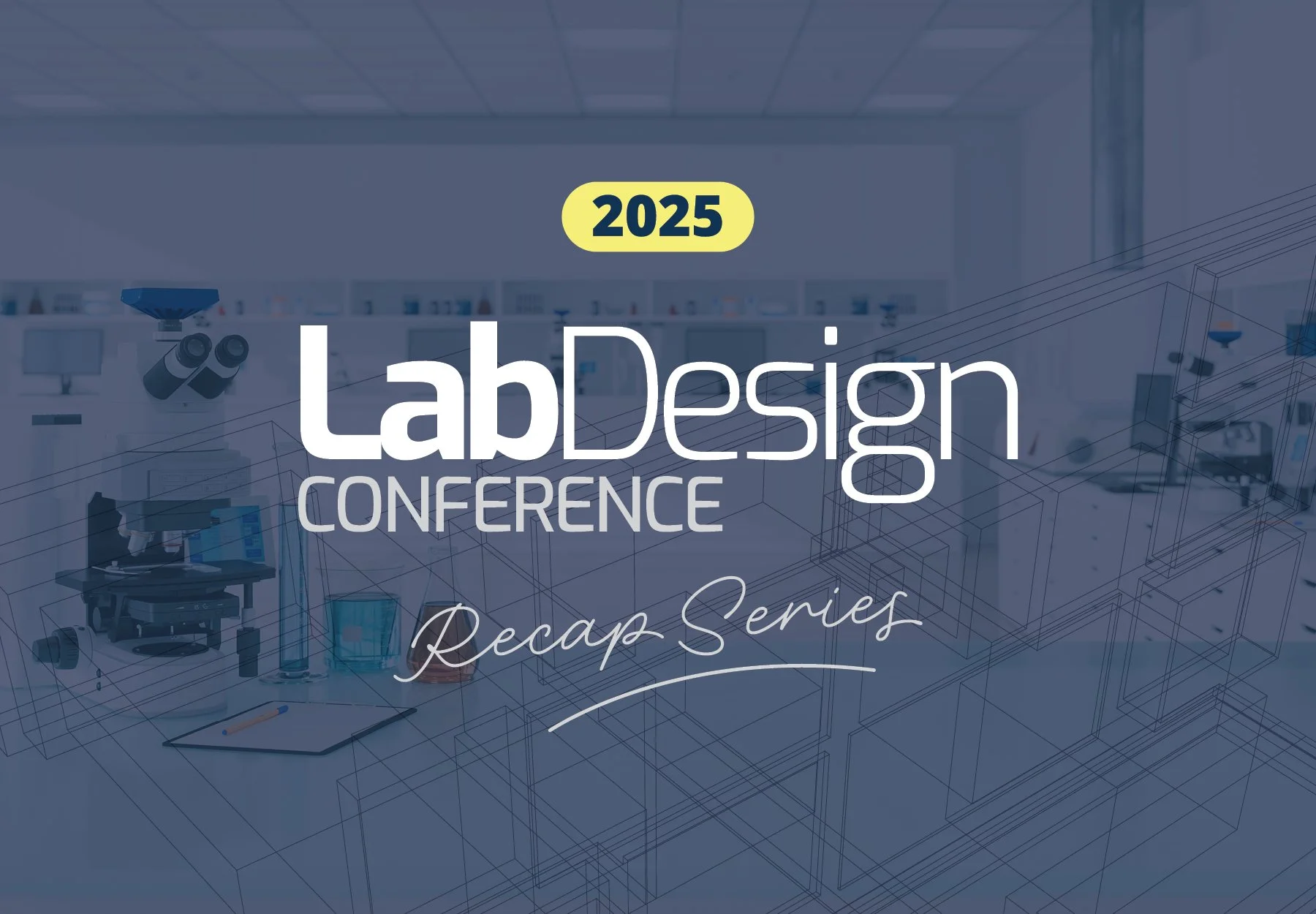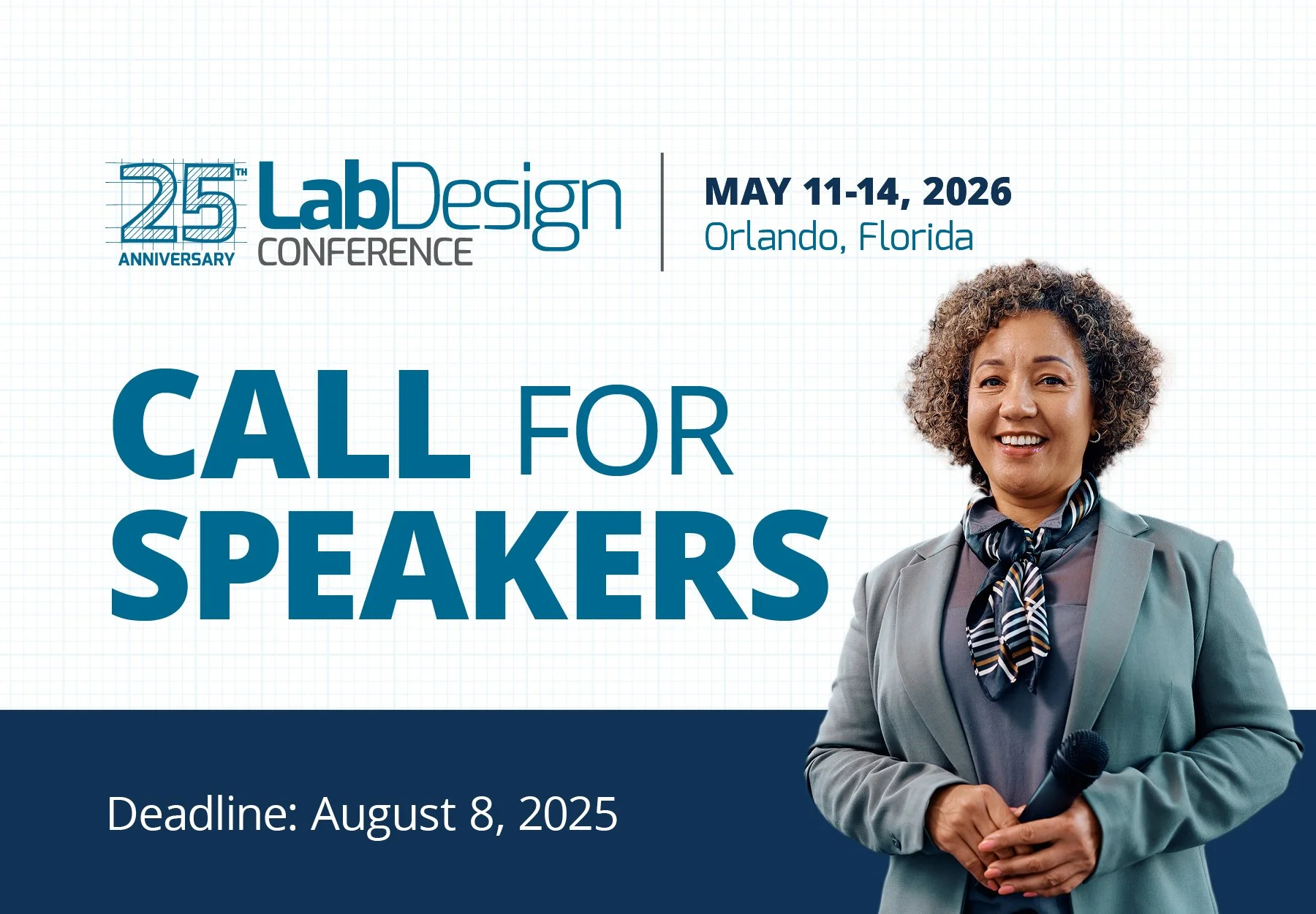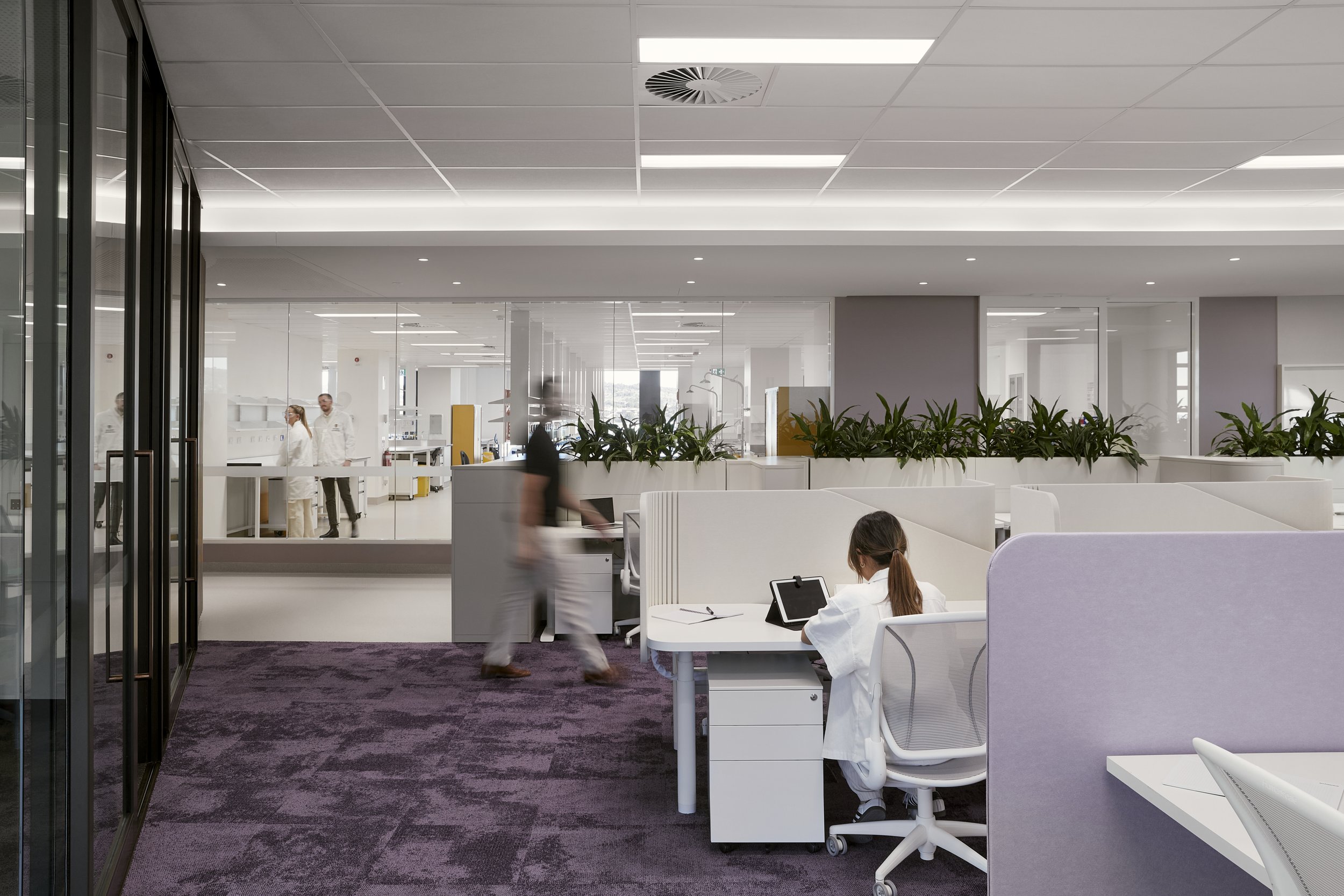[[bpstrwcotob]]

Alternate Models for Bioscience Research Facilities: Making the Case for Urban Integration
As urban land grows scarcer, bioscience is shifting away from suburban campuses toward integrated urban labs that leverage adaptive reuse, sustainability, financial innovation, and community engagement to create vibrant, flexible research environments that benefit cities and science alike

Beyond Illumination: Thoughtful Lighting Design Transforms Laboratory Functionality and Sustainability
A 2025 Lab Design Conference session led by WSP’s Colin Conroy and Shannon Kaplan, emphasized that lighting—far from a mere afterthought—is a critical design element that influences lab safety, accuracy, comfort, sustainability, and occupant well-being

Deadline Extended: Share Your Lab Design Lessons at the 2026 Lab Design Conference
The deadline to submit a proposal for the 2026 Lab Design Conference has been extended to August 15, 2025, giving presenters more time to refine their ideas, enlist end users as co-speakers, and craft engaging, real-world sessions that will inspire the lab design community

“Wait, This Isn’t What We Asked For”: A Lab End User’s Checklist for Successful Projects
Lab end users often have little say in design projects despite being most affected, but Dwayne Henry’s experience at Montgomery College—which he shared at the 2025 Lab Design Conference in Denver—shows that early involvement, clear communication, and ongoing engagement improve outcomes and help avoid costly mistakes

Just a Few More Days to Submit Your Lab Design Conference Proposal!
If you’ve led a lab project and learned something others should know—whether through a challenge, a success, or a lesson hard-earned—the 2026 Lab Design Conference is your chance to share it

Designing for Uncertainty: How Lab Facilities Can Stay Resilient Amid Shifting Priorities
2025 Lab Design Conference keynote speaker Jim Blount urged attendees to embrace flexibility and data-driven strategies as essential tools for navigating the challenges of shifting research priorities, funding uncertainty, and rising construction costs

Measuring for Scientific Impact: Metrics That Drive Laboratory Design
At the 2025 Lab Design Conference, Regal Leftwich of CannonDesign emphasized that laboratory planning must be grounded in measurable, future-ready metrics—ranging from research intensity and utilization to flexibility and life-cycle cost—asserting that by aligning design decisions with evolving scientific workflows, interdisciplinary collaboration, and grant-readiness, labs can become powerful tools for advancing research impact while optimizing long-term value

Tips and Topic Ideas for Speaking at the Lab Design Conference
The Lab Design Conference unites diverse lab professionals to share honest, practical insights and lessons learned from real-world projects—beyond polished success stories—to help attendees navigate every stage of lab planning, construction, and operation with actionable takeaways and meaningful engagement

Flinders University Redefines Lab Interiors, Clinches Design Excellence Award
Flinders University’s Health and Medical Research Building earned the 2025 Design Excellence Award for Interior Design, recognized for its innovative integration of adaptable laboratory spaces, biophilic elements, and culturally informed design that supports collaborative medical research

The Role of Pharmacy Within a Broader Interdisciplinary Research Environment
At the 2025 Lab Design Conference, architects Jeffery Bottomley and Luke Voiland of Shepley Bulfinch joined Dr. Lamar Pritchard of the University of Houston to highlight pharmacy’s growing role in interdisciplinary research
